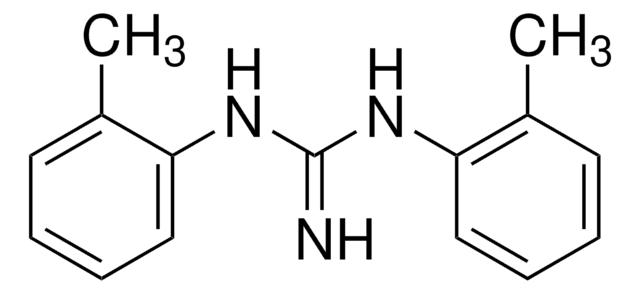230693
Zirconium(IV) oxide
powder, 5 μm, 99% trace metals basis
Synonyme(s) :
Zirconia
About This Item
Produits recommandés
Pureté
99% trace metals basis
Forme
powder
Pertinence de la réaction
reagent type: catalyst
core: zirconium
Taille des particules
5 μm
Point d'ébullition
5000 °C (lit.)
Pf
2700 °C (lit.)
Densité
5.89 g/mL at 25 °C (lit.)
Application(s)
battery manufacturing
Chaîne SMILES
O=[Zr]=O
InChI
1S/2O.Zr
Clé InChI
MCMNRKCIXSYSNV-UHFFFAOYSA-N
Vous recherchez des produits similaires ? Visite Guide de comparaison des produits
Description générale
Application
Code de la classe de stockage
13 - Non Combustible Solids
Classe de danger pour l'eau (WGK)
nwg
Point d'éclair (°F)
Not applicable
Point d'éclair (°C)
Not applicable
Équipement de protection individuelle
dust mask type N95 (US), Eyeshields, Gloves
Faites votre choix parmi les versions les plus récentes :
Déjà en possession de ce produit ?
Retrouvez la documentation relative aux produits que vous avez récemment achetés dans la Bibliothèque de documents.
Articles
Innovation in dental restorative materials is driven by the need for biocompatible and natural-appearing restoration alternatives. Conventional dental materials like amalgam and composite resins have inherent disadvantages.
Notre équipe de scientifiques dispose d'une expérience dans tous les secteurs de la recherche, notamment en sciences de la vie, science des matériaux, synthèse chimique, chromatographie, analyse et dans de nombreux autres domaines..
Contacter notre Service technique




